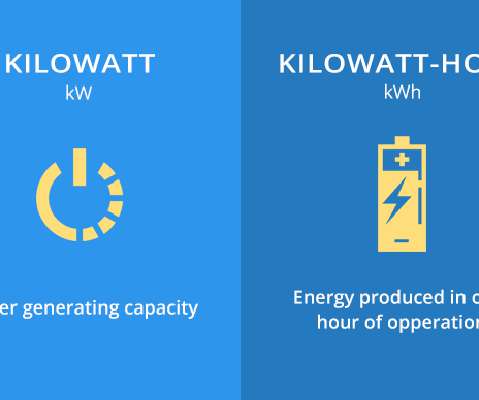The difference between kW and kWh | EV Basics
Setec Powerr
DECEMBER 13, 2022
If you’ve only ever driven conventional fuel vehicles, we’re here to explain this basic EV knowledge today. So, a kWh refers to the amount of 1000 watts of energy your household consumes per hour. The total output energy produced by a solar system, as well as the amount stored in solar batteries is measured this way.













Let's personalize your content